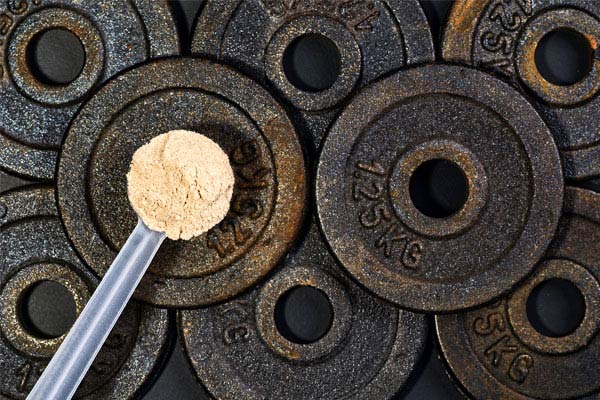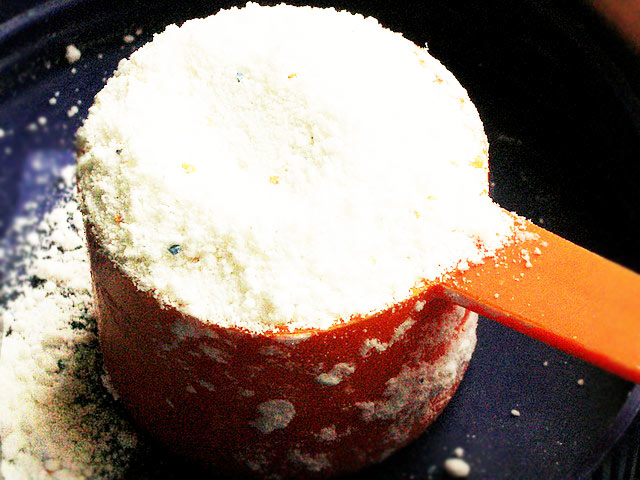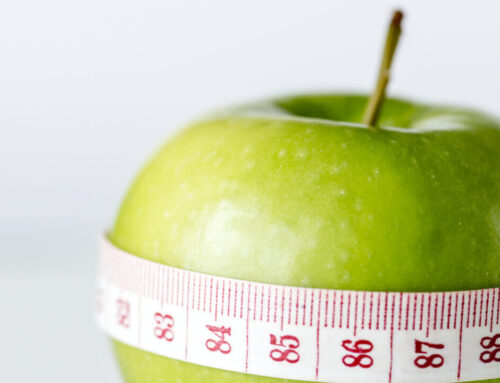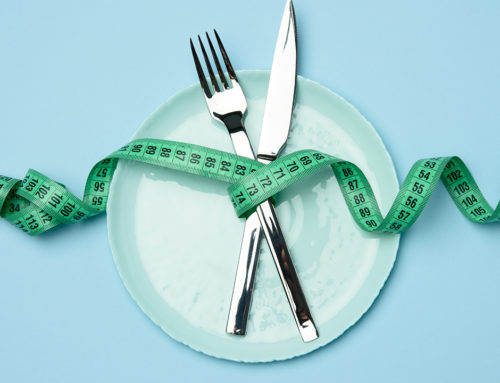Deciding on the type of creatine to use was once a simple choice, but now you’re faced with all different types of creatine that can leave you confused. These are all the things you need to know to make the right choice.
History of Creatine
Spandex, Ephedra and eight-minute abs may have been the overarching trends of the 1990s, but creatine was arguably this era’s retail juggernaut that put muscle back en vogue. Thankfully, Spandex has fallen out of fashion, but possibly the lone survivor from this time before 4G internet, is creatine.
Its muscle building prowess has since been heavily supported by the scientific community thanks to countless studies about its efficiency and long-term safety. The unanimous verdict? It is safe, builds muscle, fosters strength gains and is probably cheaper now than it was back in the ‘90s.
What is Creatine?
Creatine is actually nothing more than a combination of three different amino acids: glycine, arginine and methionine. It’s found in protein sources, such as fish and red meat, and works on two levels. The first benefit is its ability to improve your energy stores, specifically adenine tri-phosphate, which helps with anaerobic exercise like weight lifting – helping you do more reps and build more power.
It also makes your cells retain water, so they can hold more ions, which helps increase muscle protein synthesis.

The different types of creatine
But for all these benefits, it’s not the same supplement you took back when you knew the theme song for The Fresh Prince of Bel-Air by heart.
Creatine has been upgraded, tweaked and tampered with to improve its original selling points. On the surface that might seem like a good thing, but it can make it difficult to tell if all the new kinds of creatine have the street cred of the original. So consider this your cheat sheet for the new versions of this supplement.
Creatine monohydrate
This is the original behind all the hype. It works best if you take it with a sugary drink to improve absorption. The lion’s share of research has been done on this kind of creatine, so it’s a safe bet for making gains. Typically, you’d do a loading phase of four to fi ve doses (around 5g per dose) per day for up to five days and once a day thereafter. It’s both cost efficient and effective.
Creatine ethyl ester
This version requires less to be effective, no sugar and no loading phase. To create it, a molecule of creatine is attached to an ethyl alcohol group. It was intended to be more absorbable for improved cellular uptake, but a study found most of it was converted into creatinine, a waste product of creatine, with no muscle building value. No match for the original.
Tri-creatine malate
This is a mixture of creatine monohydrate and malic acid. Malic acid makes green apples sour and helps you produce more energy. Three creatine molecules are attached to one molecule of malic acid, which is supposed to make this supplement more water-soluble than monohydrate. This is thought to help exercisers deal with the gastric discomfort that some users report from monohydrate usage, though there is not a lot of research to back up those claims. That said, if you’ve suffered in the past with this uncomfortable side effect, then it is worth trying.

Micronized creatine
This is sold as the nanotech version of creatine, with creatine particles that are up to 20 times smaller than normal creatine powder. Why? The thinking is that the smaller they are the faster and better absorbed they’ll be, though users do report feeling more bloated due to increased water retention. This is probably a good thing since more water will help with muscle growth.
Buffered creatine
Creatine is bound to magnesium, which is a very alkaline mineral. This is supposed to offset your stomach’s acidity, helping with absorption. Plus, magnesium helps give you more energy, while avoiding cramps and gastrointestinal discomfort. It’s worth a try if you suffer cramps.
Liquid creatine serum
While it doesn’t have much research to back it up, users do state it doesn’t need a loading phase, which can make it a little cheaper. A study in the Journal of Strength and Conditioning Research did find liquid creatine serum wasn’t as good as creatine powder for improving cycling sprint performance. Probably because creatine isn’t too stable for very long in water – it might be best sticking with the tried and tested powdered form.
The best types of creatine?
While all of these fancy sounding creatines sound tempting and fancy in principle, in practice they really aren’t any better and, at worst, less effective than the tried and trued Creatine monohydrate family.
You can achieve maximum saturation and therefore, benefit from creatine with monohydrate alone. You may find a potential benefit in micronized creatine if normal monohydrate doesn’t play nice inside your stomach, but don’t fall for the hype. Stick with the old, tried and tested (literally thousands of studies backing creatine monohydrate) formula while these young pretenders play catch up.
For more articles on different types of creatine, supplements, nutrition and training, subscribe to TRAIN magazine for free by signing up to our newsletter and get each monthly issue dropped direct into your inbox







